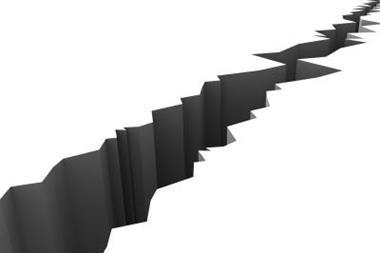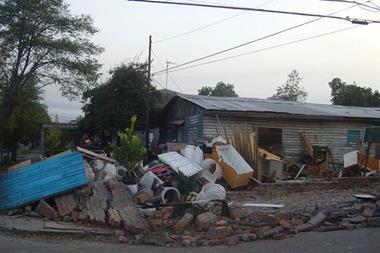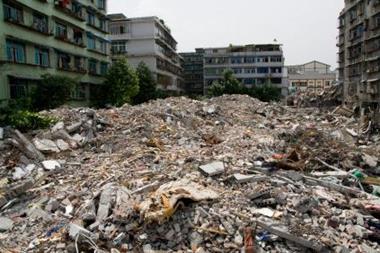Wdespread damage in city of 375,000 people; aftershocks remain a concern
Catastrophe modeling firm AIR Worldwide estimates that industry insured losses from the moment magnitude 6.1 earthquake that struck New Zealand’s South Island near Christchurch on February 22nd will be between NZD $5bn ($3.5bn USD) and NZD $11.5bn ($8bn USD).
The quake caused extensive damage in the city centre and was the second major quake to strike the city in six months.
It is still in the very early aftermath of yesterday’s earthquake that struck near Christchurch on New Zealand’s South Island, and damage assessments are only just beginning after the initial focus on search and rescue.
Damage in this city of about 375,000 people is widespread, and aftershocks, of which there have been several, remain a concern.
AIR Worldwide engineer Dr. Arash Nasseri said: “Christchurch is New Zealand’s second largest city, and while design requirements for new construction are stringent, many historical buildings dominate the central business district, and they are predominately of masonry construction.
He added:“Few have undergone seismic retrofit. Structures may also have been weakened by the magnitude 7.0 earthquake that took place in early September of last year. Although Tuesday’s quake—considered to be part of the aftershock sequence of the September event—was smaller in magnitude, it has been more damaging because it was closer to the center of Christchurch and occurred at such a shallow depth.”
The government of New Zealand has declared a national state of emergency in order to facilitate the coordination of local, national and international rescue and recovery efforts.The city's central business district was hardest hit and remains largely shut down. Rows of masonry buildings crumbled and those buildings still standing will have to be carefully assessed for structural integrity.
According to AIR, the city’s infrastructure has also been hard hit, with many roads and bridges damaged as a result of liquefaction. In the city’s suburbs and surrounding towns, ground failure manifested in the form of liquefaction, lateral spreading and landslides.
“The largest magnitude earthquake to strike New Zealand since modern instrumental record-keeping began was a Mw 7.8 event in 1931, known as the Hawke’s Bay earthquake,” explained Dr. Nasseri. “That disaster prompted the significant revision of New Zealand’s building code that has given the country one of the most stringent in the world today.”
South Island, on which Christchurch is situated, has an active fault zone in the north, which includes a region known as Porters Pass-Amberley Fault Zone and two others, the Alpine fault zone and the Hope fault zone. “Most known historic earthquakes on South Island have occurred in this 200-mile wide collision plate boundary zone,” added Dr. Nasseri. “This area forms the southern part of the collision zone along the Pacific-Australia plate boundary. The Pacific plate subducts under New Zealand’s North Island and terminates under South Island, about 100 miles north of Christchurch. The plate boundary forms another collision zone that extends across South Island.”





































No comments yet